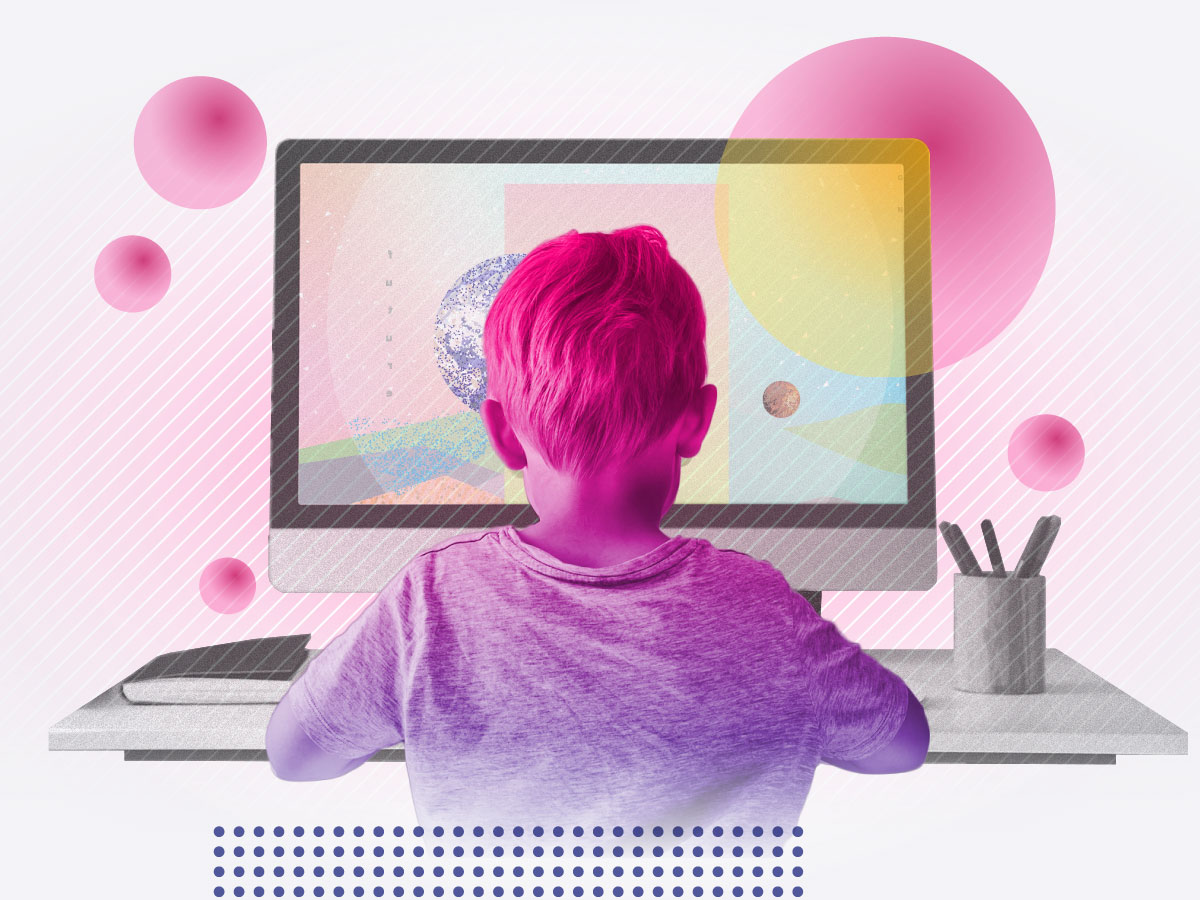

Of all the moments in my life, the most meaningful and impactful ones have been shared with children. That’s why I volunteered to spend two years with Teach For America working to educate the next generation of young people in my own childhood neighborhood.
Day after day, I watched the way the current events of 2016-2018 were shaping my students, just as my life was shaped by the things that stressed me out in the early 2000s (MySpace, Y2K, and the painfully slow speed of AOL dial-up).
With the coronavirus pandemic resulting in remote school for many, social justice protests and counter-protests, and unprecedented political polarization, today’s kids face their own set of life-shaping challenges as they grow into the next named generation of consumers.
With birth years after 2010, some call them Generation Alpha, Generation Q, or Quaranteenies. I prefer Generation COVID. Whatever you call them, it’s never too early to imagine how the events of today are already shaping the kids of today into the consumers of tomorrow.
A few months ago, I got to spend time with one of my favorite six year olds and witness his latest COVID hobby: online window shopping. He’d open the Amazon app on his iPad, do his best to spell whatever toys came top of mind, and then add a multitude of items to his cart. The most striking aspect of his process was how he’d assess the value of his potential purchase before cautiously asking his parents to invest in his new toy.
This calculated approach to consumption immediately made me realize that this next generation, similar to Millennials who experienced the financial crisis of 2008–2009 in adolescence, is becoming financially frugal on a whole new level. And this is especially notable as they become more and more privy to conversations about finances and budgeting in their households.
The next generation is shaped by an abundance of choice. As they make judgements of fair pricing, they’ll also be more sensitive to trade-offs, as they compare what options are most suitable to their needs. Brands will need to understand that this generation is hardwired to expect choice and affordability.
In April 2019, the American Academy of Pediatrics released guidelines on just how much time young children should spend on screens such as tablets and iPads, in comparison to what’s actually happening in real life. Let’s just say the actual numbers are just a teeny bit higher than the recommendations, and that was before the pandemic sent millions of kids to virtual classrooms for several hours a day.
Seeing data like this echoes the sentiments of my mother who used to tell us to “turn off that TV!” on a daily basis throughout our childhood. I think there’s a tendency for older generations to worry how technology will alter the younger ones. But for Generation COVID, I believe screen time could actually do more good than harm.
Screen time is no longer just passive TV watching or doom scrolling through social media feeds. Instead, there are more active forms of screen time that encourage learning, expand their worlds, and give young people access to tools that can enhance and optimize their life.
But what about their social skills, you might be thinking? Since the beginning of humanity, our ways of communicating have been largely shaped by human inventions, like the alphabet, telegraphs, phones, and emails. At this point, a little FaceTime couldn’t hurt. In fact, this increased access may make Generation COVID the most social generation yet as they seek new and different methods of communicating with friends, family, teachers, and classmates.
As children get an earlier grasp on how to use technology to optimize and enhance their lives, they’ll continue to expect more of this in the future. Brands must embrace this generation’s comfortability with technology in order to build a strong relationship with them.
I think the main reason why I enjoy spending time with young children is because it always gives me so much hope in the future of this world. As members of the most racially diverse generation, what’s inspiring about Generation COVID is their strong sense of fairness. They really seem to believe that all people, regardless of what they look like or who they love, should experience the fullness of life.
Watching my teacher friends who are still in the classroom share photos of their Kindergartners and 1st Graders participating in protests for George Floyd and engaging in activism for Breonna Taylor reveals this already heightened sensitivity to important issues, probably more than any other generation before.
Change is coming. Because the kids demand it and expect it.
As the world changes and uncertainty abounds, brands will need to rethink the way they target their customers. As cultures and ethnicities begin mixing more to create the growing multicultural population that exists within this generation, brands can no longer continue to rely on traditional demographics to target audiences. Instead, they’ll need to dig deeper into their customer base and begin discovering the underlying values and ideals that most closely align to their own brand values.
Diversity, fairness, inclusion. This is the new language of Generation COVID, the most price-sensitive, most connected, and most diverse generation ever.
You must be logged in to post a comment.